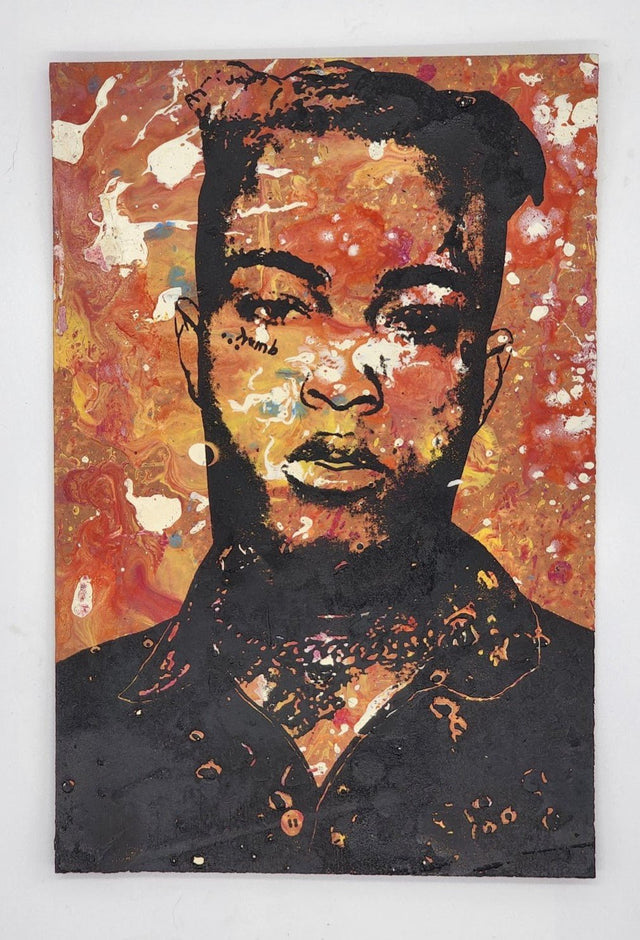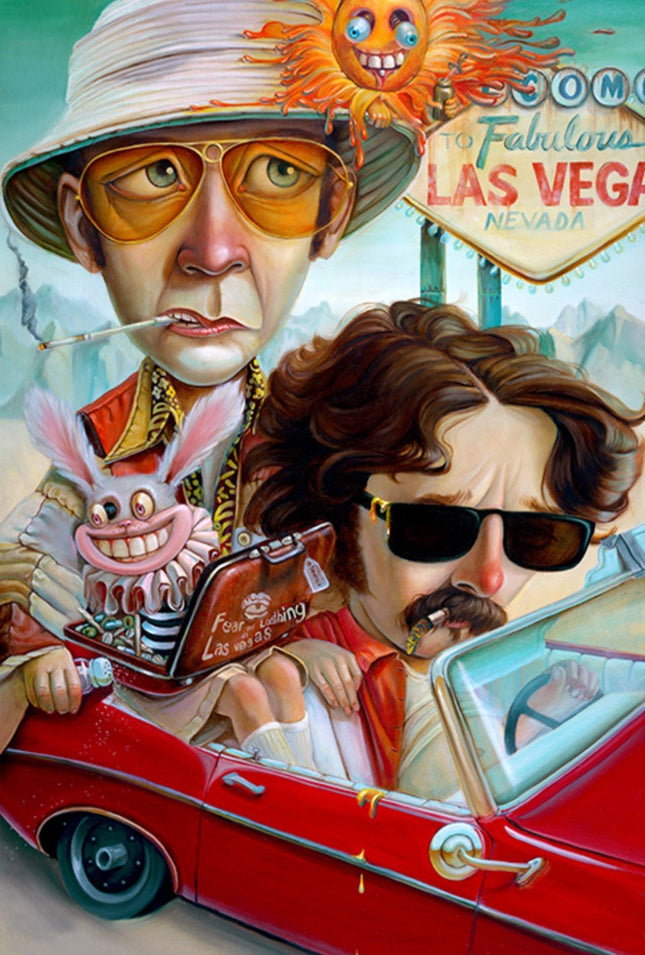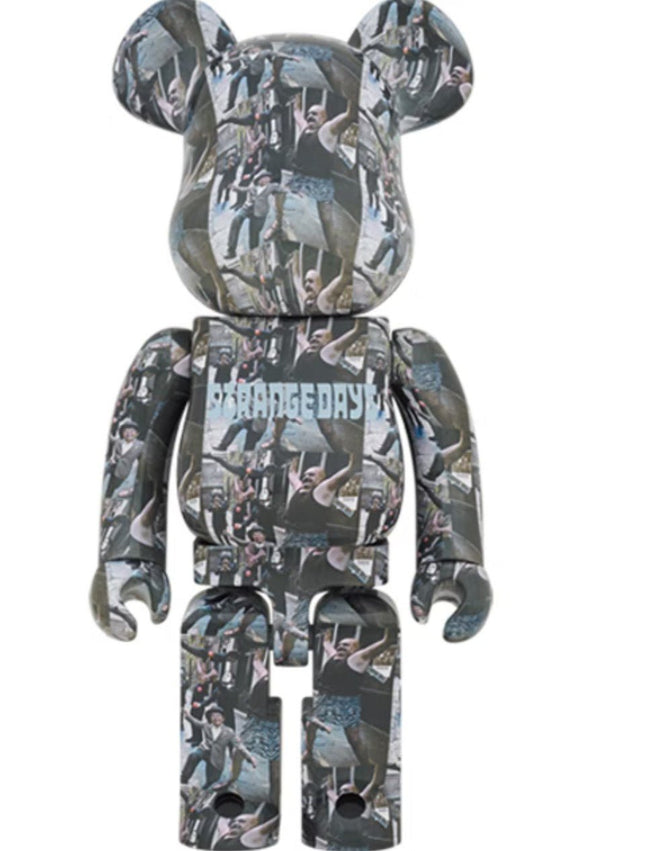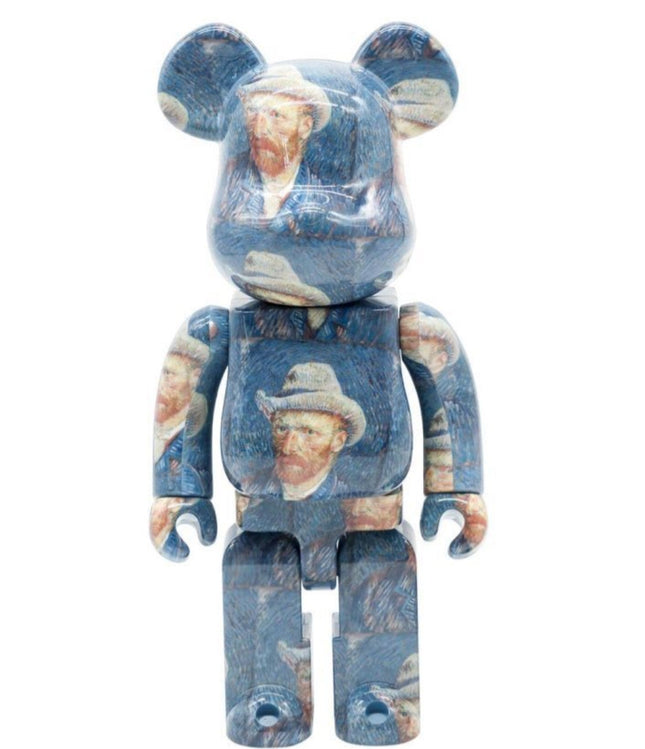
Man Male
-

Leslie Ditto Vegas Bound Canvas Giclee Print by Leslie Ditto
Vegas Bound Canvas Artwork Giclee Limited Edition Print on Canvas by Pop Culture Graffiti Artist Leslie Ditto. 2014 Signed & Numbered Inspired By Fear & Loathing In Las Vegas 27"x18" Limited Edition Canvas Print By Leslie Ditto Edition Size Of 30. Ready to Hang on Stretched Canvas. Leslie Ditto's "Vegas Bound" Canvas Artwork: A Limited Edition Fusion of Street Pop Art and Cinema "Vegas Bound" is a canvas artwork by Leslie Ditto, an artist celebrated for her contributions to the street pop art genre. She is known for infusing her pieces with social commentary and vibrant visuals. This limited edition giclée print on canvas is an evocative homage to the cult classic film, "Fear and Loathing in Las Vegas." Signed and numbered by the artist, the 27"x18" print was released in 2014 with a limited edition size of 30, making it a rare collector's item. Leslie Ditto's work often draws from pop culture, and "Vegas Bound" is no exception. The artwork is meticulously prepared on stretched canvas, ready to hang, and serves as an eye-catching testament to Ditto's unique style. The visual narrative of "Vegas Bound" captures the essence of the hallucinatory experience depicted in "Fear and Loathing in Las Vegas." The central figures, reminiscent of the film's protagonists, are portrayed against a backdrop that is quintessentially Las Vegas, with its flashy and over-the-top energy. Ditto's use of saturated colors and exaggerated features echoes the surreal and chaotic journey into the heart of the American Dream, as experienced by the characters. The detailed rendering of the subjects, the classic convertible, and the iconic Las Vegas sign all work in harmony to transport the viewer into the vivid world of the artwork. Dissecting the Aesthetic Elements of "Vegas Bound" The aesthetic elements of "Vegas Bound" are deeply rooted in street pop art and graffiti artwork traditions. Ditto's technique showcases an intricate balance between realism and exaggeration, a hallmark of pop art's influence. The artwork features hallucinatory creatures and distorted perspectives that symbolize the psychedelic influence on street art, while the meticulous attention to detail reflects the precision of graffiti artwork. The figures in the piece, with their stylized expressions and bold contours that define them, testify to the rebellious spirit underlying street and pop art movements. Leslie Ditto's ability to capture the frenetic energy of the Las Vegas strip and the disjointed reality of the film's narrative is evident in the chaotic composition of the piece. Every element, from the smoke from a cigarette to the manic grin of the anthropomorphic creature in the backseat, contributes to an overwhelming sense of motion and emotion. This piece is not simply a static representation; it actively reimagines a cultural phenomenon, capturing the vibrancy and transience of street pop art. Significance and Impact of Leslie Ditto's "Vegas Bound" in Art and Culture "Vegas Bound" stands as a significant work in the oeuvre of Leslie Ditto and within the broader context of street pop art and graffiti artwork. The limited availability of this print has made it a sought-after piece for collectors and enthusiasts of street pop art. Ditto's interpretation of "Fear and Loathing in Las Vegas" through the lens of street art aesthetics offers a fresh perspective on the themes of excess, escapism, and the search for meaning in a postmodern world. It visually explores the boundaries between high and low art, between the world of fine art galleries and the unabashed expressions found on the streets. Through works like "Vegas Bound," Leslie Ditto contributes to the ongoing conversation about the legitimacy and potential of street pop art as a form of artistic expression. Her work challenges the traditional barriers of the art world, showcasing how the motifs and themes commonly found in graffiti and street art can find a place within the confines of a canvas. "Vegas Bound" is not merely a tribute to a film but a piece that stands on its own as a vibrant, thought-provoking example of how pop culture and art intersect to create something entirely new and deeply resonant. Leslie Ditto's "Vegas Bound" is a powerful piece of street pop art that captures the spirit of an era, the essence of a cinematic journey, and the enduring allure of Las Vegas. Its limited edition status only adds to its mystique, making it a valuable addition to the collections of those who appreciate the intricate dance between cinema, street culture, and visual art.
$312.00
-

BE@RBRICK The Doors Strange Days 1000% Be@rbrick
The Doors Strange Days 1000% BE@RBRICK Limited Edition Vinyl Artwork Medicom Toy Collectable Art Figure. 2021 The Doors Strange Days Music x Bearbrick 1000%
$820.00
-

BE@RBRICK Van Gogh Museum Self Portrait 1000% Be@rbrick
Van Gogh Museum Self Portrait 1000% BE@RBRICK Limited Edition Vinyl Artwork Medicom Toy Collectable Art Figure. 2021 Van Gogh Self Portrait Grey Felt Hat 1000% Bearbrick Medicom Toy
$820.00




